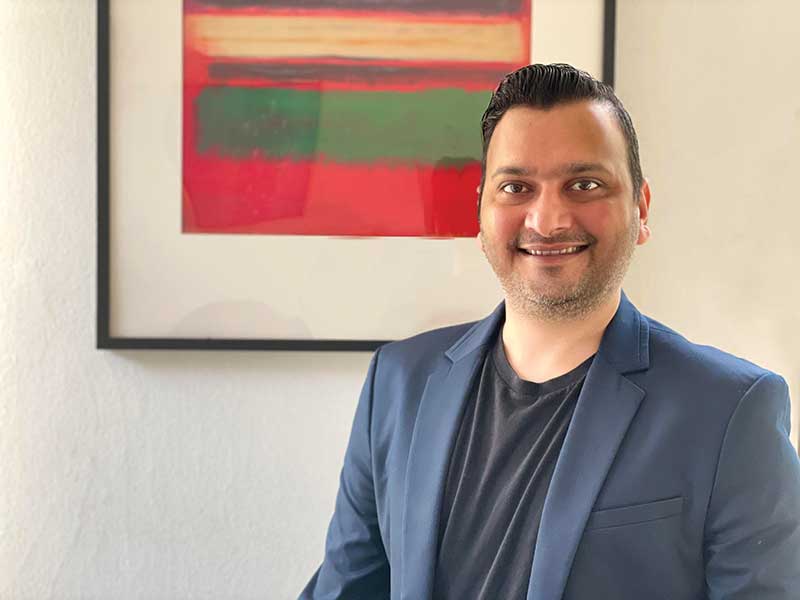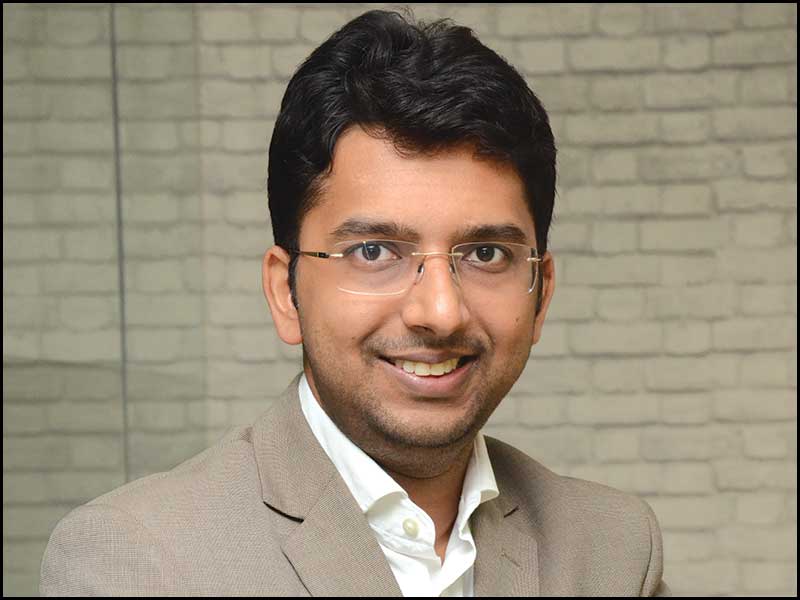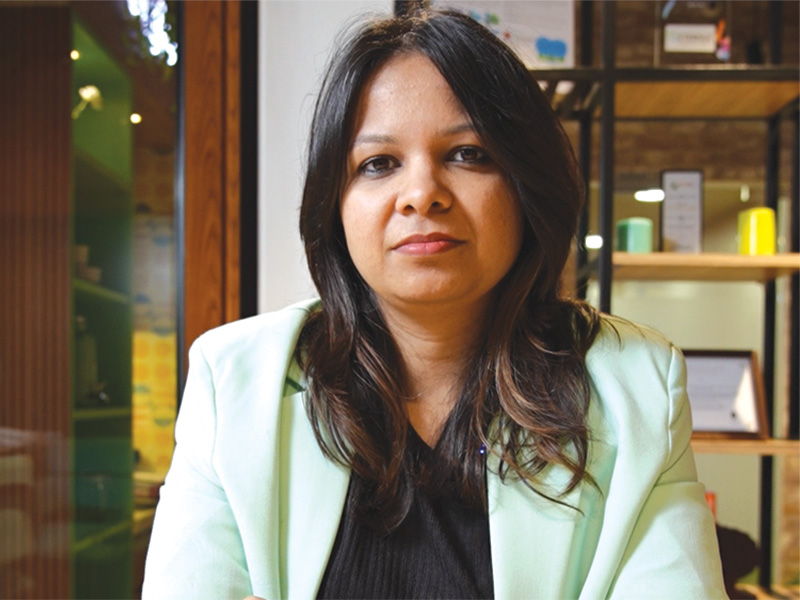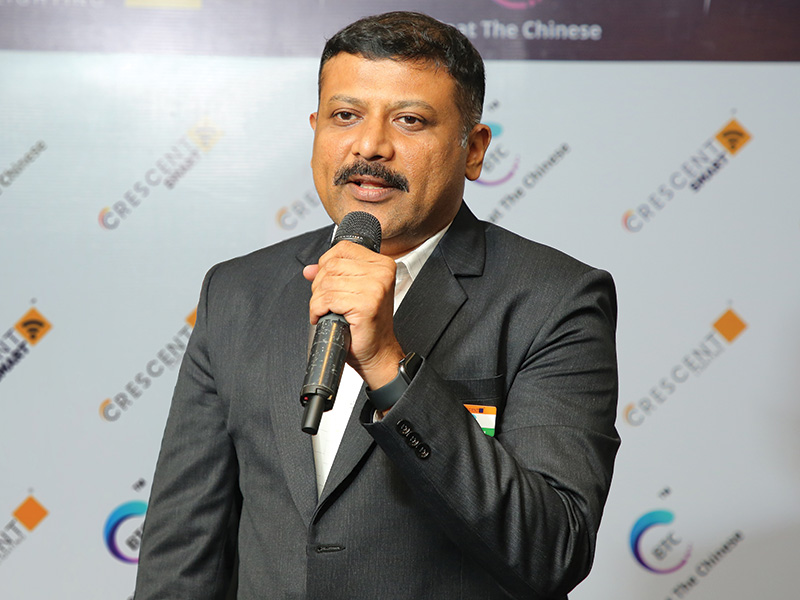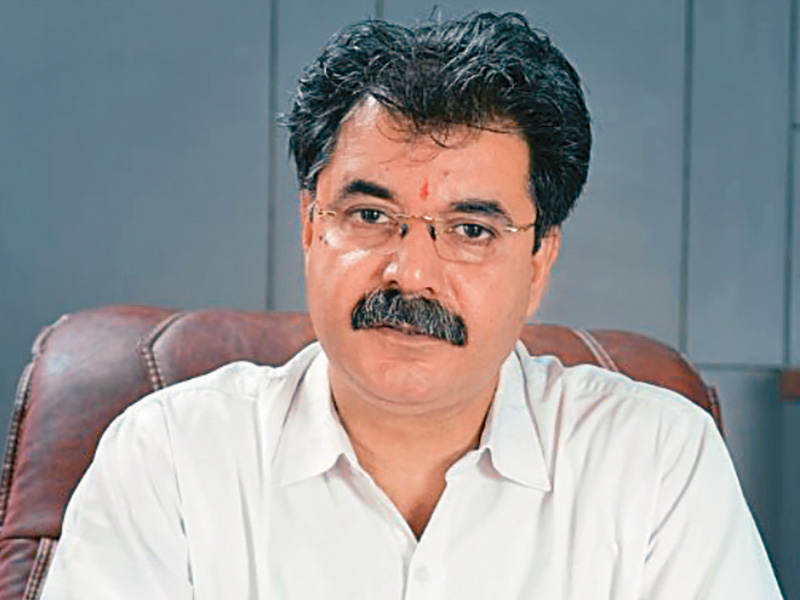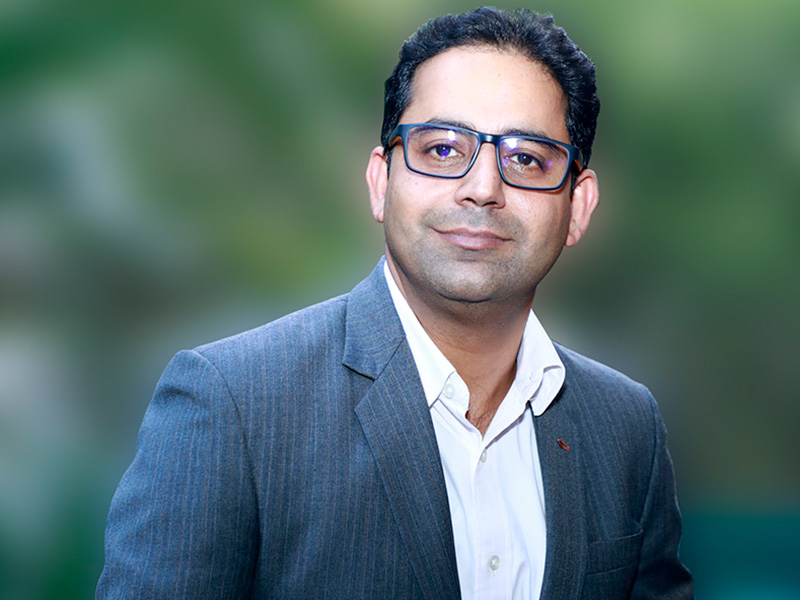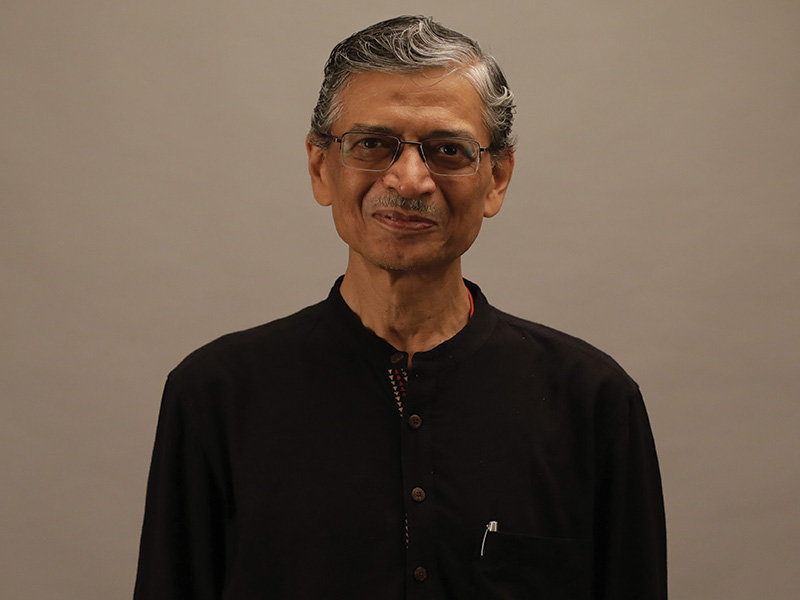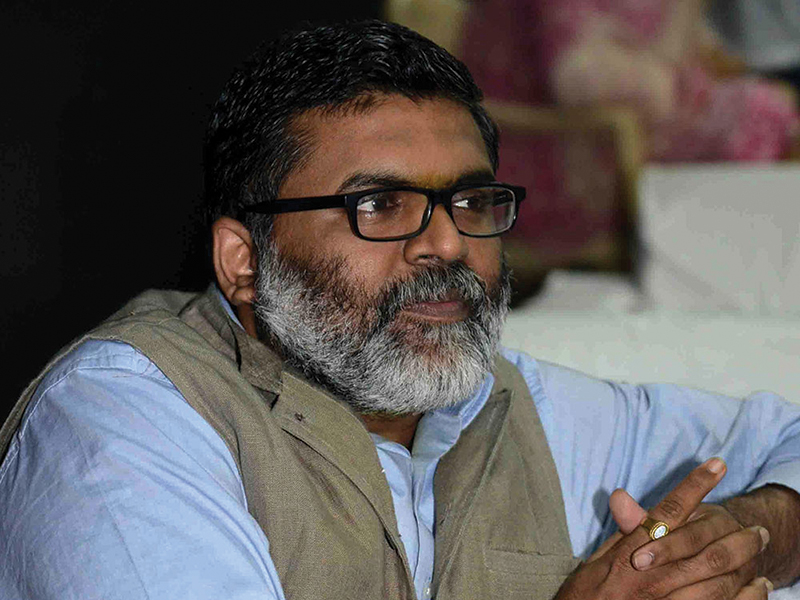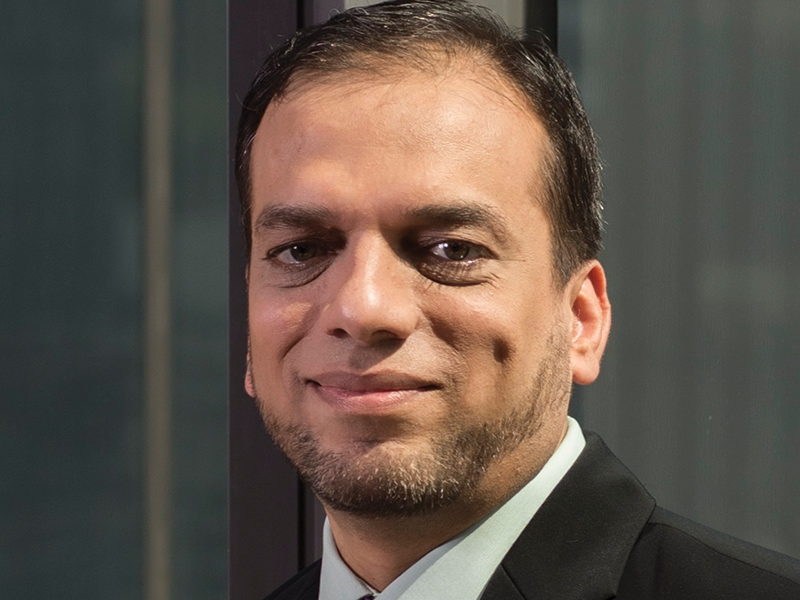How do you envision the importance of design in transforming cities into greener habitats, especially in dense urban environments?
The degree to which we utilize the form of a city within the realm of design, directly affects our ability to achieve sustainable growth. Small yet thoughtfully analyzed moves are often more successful and cause minimal disruption to living communities.
Implementing strategies for urban infill and adaptive reuse are more beneficial than new developments. These infill sites can be creatively designed using parks as green networks and roads as green fingers. Pocket parks in vacant or irregular plots, surface parking converted to underground with public plazas at the ground level, street levels of existing buildings activated as public spaces, are all simple ways to design within the existing fabric.
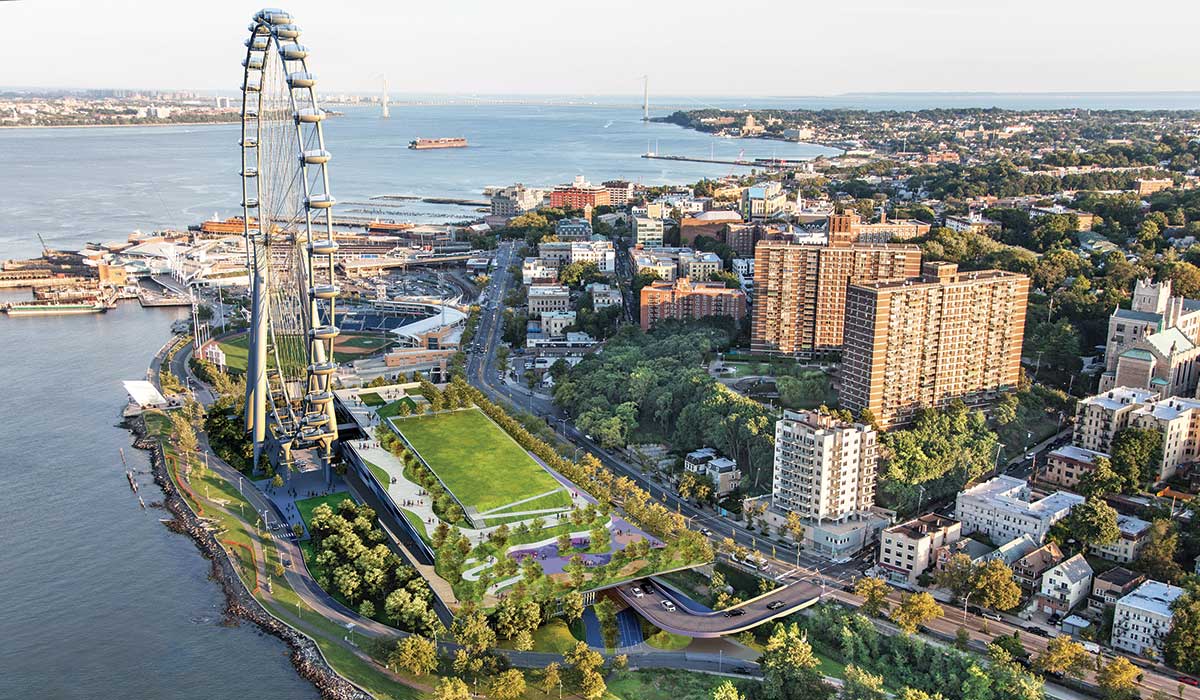 The New York Wheel Project
The New York Wheel ProjectSite selection is an important element to consider as it simultaneously tackles several aspects like ecological impact, connectivity, daylighting, and orientation. If these sites are identified near public transit, they further walkability and accessibility. It is vital to develop the design such that it encourages pedestrian connectivity to the transit infrastructure.
A deeper understanding of contextual factors and respect for authenticity of the surroundings presents opportunities for innovative site-specific solutions. Places such as abandoned harbors or transportation facilities can be transformed into rejuvenating public spaces that enhance the built environment, while increasing the economic value of the neighborhood. Emphasis must be placed on smart growth by designing for longevity and adaptability.
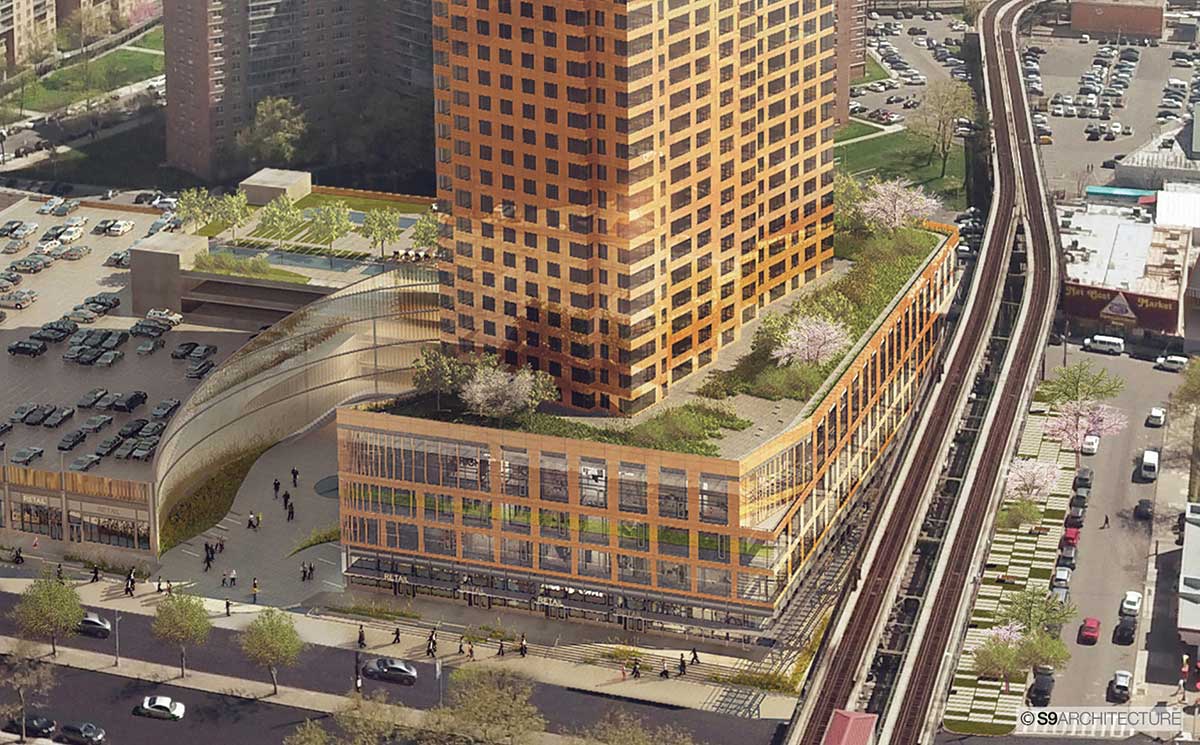 Neptune and Sixth Mixed-use Development
Neptune and Sixth Mixed-use DevelopmentHow have you applied some of these methodologies in your work?
It is crucial to pay attention to ecological impact if we hope to sustain well into the future. In dense urban environments, for instance, I always encourage inclusion of public green spaces in buildings. These urban parks have several benefits like improving indoor air quality, connecting to the outdoors, and activating the streetscape. Green roofs can reduce the heat island effect, assist in stormwater management as well as provide long term energy savings.
The New York Wheel project, for example, connects the surrounding neighborhood to an isolated waterfront by bridging the transition through the building form and a series of articulated walkways. The buildings amalgamate with the surrounding landscape and the landscaped roof offers an expansive public space near the waterfront.
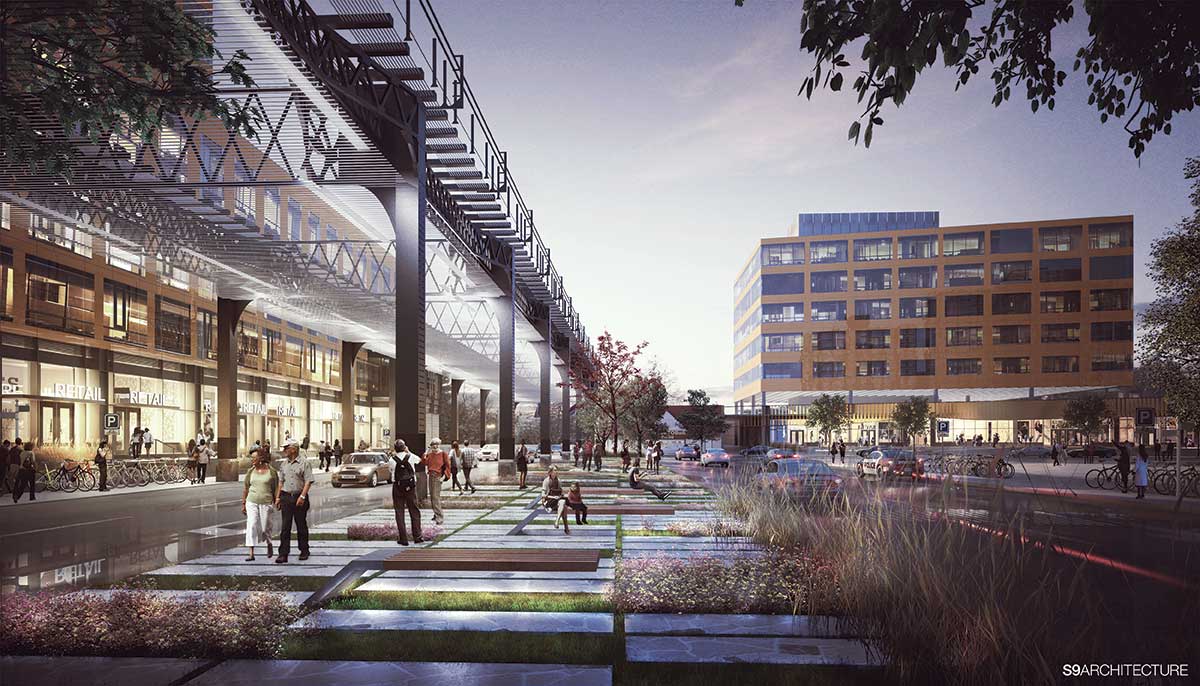 Neptune and Sixth Mixed-use Development
Neptune and Sixth Mixed-use DevelopmentNeptune and Sixth, a mixed-use development in a suburban region of New York, focuses on densifying close to public transit and reducing urban sprawl. The base of the building is oriented orthogonally to respect the street grid, while the tower is rotated to capture sunlight for heating and daylighting.
566 Broome Street, a project intended to be LEED certified, employs multiple strategies such as green roofs to reduce the heat island effect, low flow fixtures for water efficiency, energy recovery units to optimize energy performance, and high-quality filtration systems that enhance indoor air quality.
One of the proven benefits of a green habitat is its positive effect on occupant health and productivity. Being able to skillfully manipulate the design to achieve elevated levels of wellness is of prime importance.
What are some of the materials you have worked with to create environmentally friendly buildings?
Smart design strategies must be supplemented with a wise choice of building materials that have minimal impact on our natural environment.
Concrete and steel are highly efficient materials for building structures - the reason for their widespread usage. However, they have high embodied energy, which is the total energy required for extraction, processing, and delivery. Production of steel, particularly, consumes large amounts of power and resources. By replacing virgin steel with recycled steel (a type of material that does not lose its properties or strength when recycled), we can greatly reduce energy consumption and conserve natural resources. Similarly, precast concrete is more sustainable than cast-in-place concrete, since it uses less water, can be reused, permits faster construction, and maintains better quality.
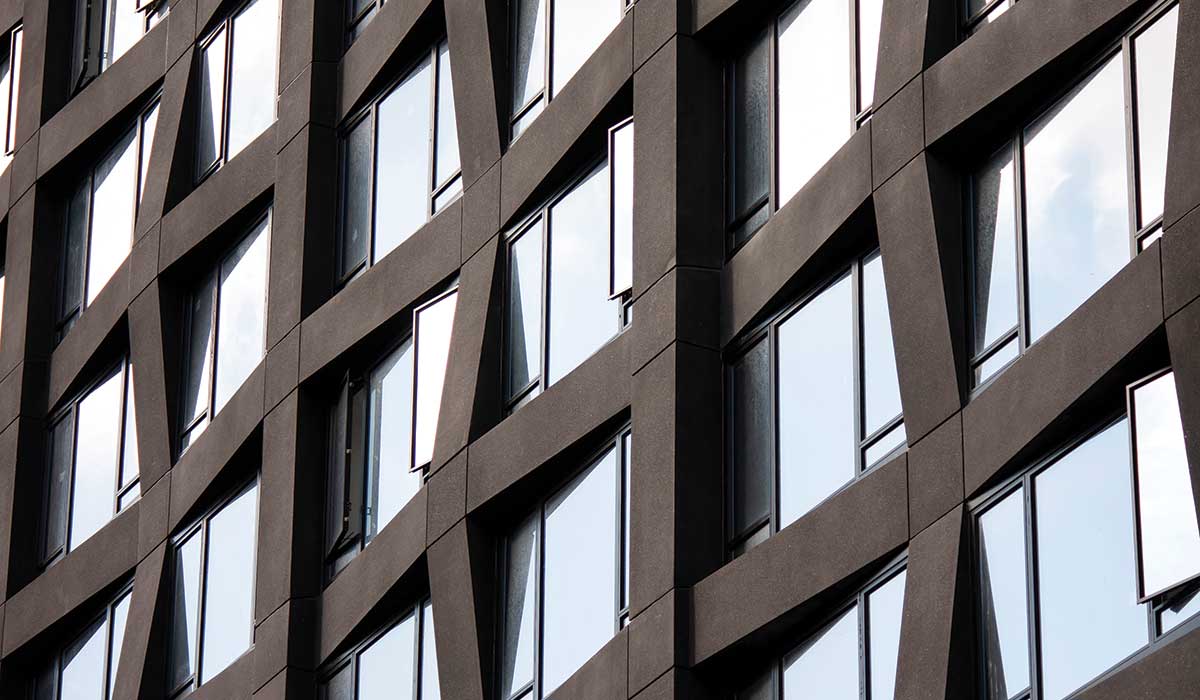 566 Broome Street
566 Broome StreetOther materials which I recommend, especially for framing, flooring and interior finishes, are recycled or composite wood/bamboo products. Bamboo can offer beautiful finishes, is eco-friendly and affordable. Cork boasts of similar properties while also being sound absorbent, fire resistant, and nearly impermeable. However, cork is susceptible to damage and must be installed in areas of light use. Other simple yet effective materials are paints and adhesives with low volatile organic compounds (VOC).
How can advanced technologies be utilized to facilitate sustainability in the long term?
I strongly believe that advancements in tech-enabled solutions can empower us to be more efficient. Digital twin, a digital replica of the physical building, can gather data through smart sensors to analyze a physical structure. Using this real-time data, buildings can adapt to the continually shifting environments. There has been swift progress in our ability to replicate life-like situations for energy analyses, daylight simulation, and wind tunnel testing, all of which can inform the design.
Internet of Things (IoT) controls real world objects digitally, making the living environment more responsive. Small yet useful devices such as smart thermostats, moisture detectors, and occupancy sensors not only help save energy but also allow occupants to control their micro-environments. Windows with automated shading screens that open and close with change in temperatures may further reduce heat gain. In countries with a range of climates, these techniques can be highly successful in optimizing energy usage.
Ar. Saurabh Goenka is a LEED accredited professional; his high quality design and expertise in advanced technologies has resulted in a portfolio of several landmark projects.
Another simple way to boost sustainability is through modular practices. 566 Broome Street, for instance, is a high-rise building with modular façade panels that were made of concrete, prefabricated off-site, and then assembled on site within a few weeks. The off-site production occurred simultaneously with the construction of the superstructure, thereby reducing construction time and waste, while improving quality.
